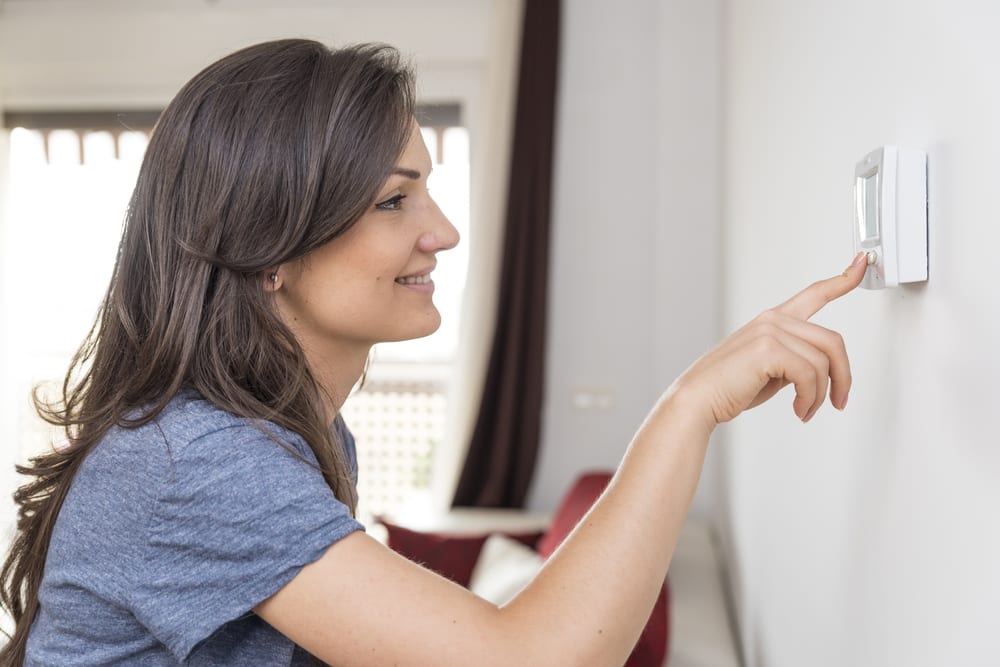
Home Heating Systems: What works best for you?
 After purchasing and moving into a new property, you want it to be more than just a house – you’ll want to make it your home.
After purchasing and moving into a new property, you want it to be more than just a house – you’ll want to make it your home.
This obviously means shifting renovation and redecorating ideas into gear, but there are other aspects that are often let go with much less thought, if any at all, and how you plan on heating your home is one of them.
Selecting an appropriate heating system can be a big decision. Practicality, suitability and financial or money-saving attributes all come into play when making a choice.
Let’s take a look at some of the most popular heating systems for modern-day homes and how they actually work.
Hydronic Panel Heating
Hydronic panel heating is one of the best systems available for your home. It’s cost efficient, as well as being relatively easy to install and undergo any ongoing maintenance.
The use of hot water ensures that all of your rooms are heated evenly throughout. They are a clean and quiet heating system which works well for up to medium sized homes. However significantly larger homes would likely require additional panels.
Components
Boiler – Heats water from a water supply and generally runs on gas or coal. Some may use electricity.
Pump – Pumps water through the tubes running on electricity.
Tubes – These channel hot water throughout the house, distributing it through the panels.
Panels – The panels use the heat from the hot water to heat the area.
Split System Heating
Split system heating becomes a better choice when where you live endures only mild winters. It may not be ideal if you get consistently freezing temperatures over the winter period.
Usually best to heat one single room, this system runs on electricity and can be uber-expensive. One advantage to this is that you can easily and distinctly set it to your desired temperature and let it work its magic – you can even have each room set at a different temperature.
Components
Outdoor unit – Utilises a fan and heaters to push hot air into the indoor unit.
Indoor unit – Uses electricity to heat up the room. It can be mounted at the top of the wall in a bedroom or living area.
Ducted Heating System
Hefty structural work is involved if you want to have ducted heating in your home. It will provide the entire home with heat without requiring panels or other components, however you’ll need to install the ducts directing it into each room.
This is also referred to as central heating, and runs on a single heat source. This would be the best selection if your home is located in an extremely cold environment, and the system barely makes any noise at all.
Components
Central heating unit – It generally uses gas to heat the air flowing through the tubes. A fan forces the hot air into each room via the ducts.
Ducts – Installed within the home’s walls.
Vents – Whether they open or close will be influenced by the temperature. If the temperature drops, the system will let more heat in and vice versa.
Thermostat – This will sense the room temperature in which it will decide whether to let more heat into the area.